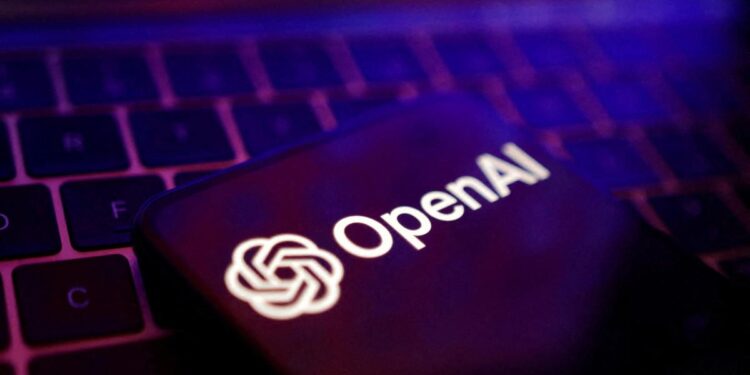OpenAI announced the launch of two open-weight AI reasoning models on Tuesday, which feature capabilities similar to its o-series. Both models are available for free download on the Hugging Face developer platform and are described as “state of the art” across various benchmarks for open models.
The models include the gpt-oss-120b, a larger version that can run on a single Nvidia GPU, and the lighter gpt-oss-20b, which can operate on a consumer laptop with 16GB of RAM.
This release marks OpenAI’s first open language model since GPT-2, launched over five years ago.
In a briefing, OpenAI stated that its open models can send complex queries to AI models in the cloud. If the open model cannot perform a specific task, such as image processing, developers can connect it to one of OpenAI’s more powerful closed models.
Although OpenAI initially open-sourced AI models, the company has favored proprietary development, which has driven significant revenue through API access for enterprises and developers. CEO Sam Altman expressed in January that he believes OpenAI has been “on the wrong side of history” regarding open sourcing its technologies. The company faces increasing competition from Chinese AI labs, including DeepSeek and Alibaba’s Qwen, which have developed popular open models.
In July, the Trump administration urged U.S. AI developers to open source more technology to promote global adoption aligned with American values.
With the release of gpt-oss, OpenAI aims to gain favor with developers and the U.S. government, both of which have observed the rise of Chinese AI labs in the open-source arena.
“Since our founding in 2015, OpenAI’s mission has been to ensure AGI benefits all of humanity,” Altman said in a statement to TechCrunch. “We are excited for the world to build on an open AI stack developed in the U.S., based on democratic values, and freely available for everyone’s benefit.”
Model Performance
OpenAI has positioned its open models as leaders among open-weight AI solutions. In competitive coding tests on Codeforces (with tools), gpt-oss-120b and gpt-oss-20b scored 2622 and 2516, respectively, outperforming DeepSeek’s R1 while falling short of the o3 and o4-mini benchmarks.
On Humanity’s Last Exam (HLE), a challenging test of crowdsourced questions, gpt-oss-120b and gpt-oss-20b scored 19% and 17.3%, respectively, outperforming leading open models but underperforming compared to o3.
Notably, OpenAI’s open models exhibit higher hallucination rates than its latest AI reasoning models, o3 and o4-mini. The company found that gpt-oss-120b and gpt-oss-20b hallucinated in 49% and 53% of responses on PersonQA, respectively—significantly higher than the 16% for o1 and 36% for o4-mini.
Training the New Models
OpenAI asserts that its open models were trained using methods similar to its proprietary models, employing a mixture-of-experts (MoE) approach. This allows the models to activate fewer parameters for specific questions, increasing efficiency. The gpt-oss-120b model, for instance, has 117 billion total parameters but activates only 5.1 billion per token.
ICYMI: Government Targets Strategic Partnership with GCF to Scale Up Climate Action
The models were also trained using high-compute reinforcement learning to improve their performance in simulated environments. While they excel at powering AI agents and can utilize tools like web search and Python code execution, these open models are text-only and cannot process or generate images and audio.
OpenAI is releasing the gpt-oss-120b and gpt-oss-20b under the Apache 2.0 license, allowing enterprises to monetize them without needing permission from the company. However, unlike fully open-source models, OpenAI will not disclose the training data used for these models due to ongoing legal concerns over copyright issues.
OpenAI delayed the release of its open models multiple times in recent months to address safety concerns, including potential misuse in cyberattacks or the creation of biological weapons. After extensive testing, OpenAI concluded that while gpt-oss models may slightly increase biological capabilities, they do not pose a significant danger.
While OpenAI’s models are considered state-of-the-art among open models, developers are anticipating the release of DeepSeek R2 and a new open model from Meta’s Superintelligence Lab.




























